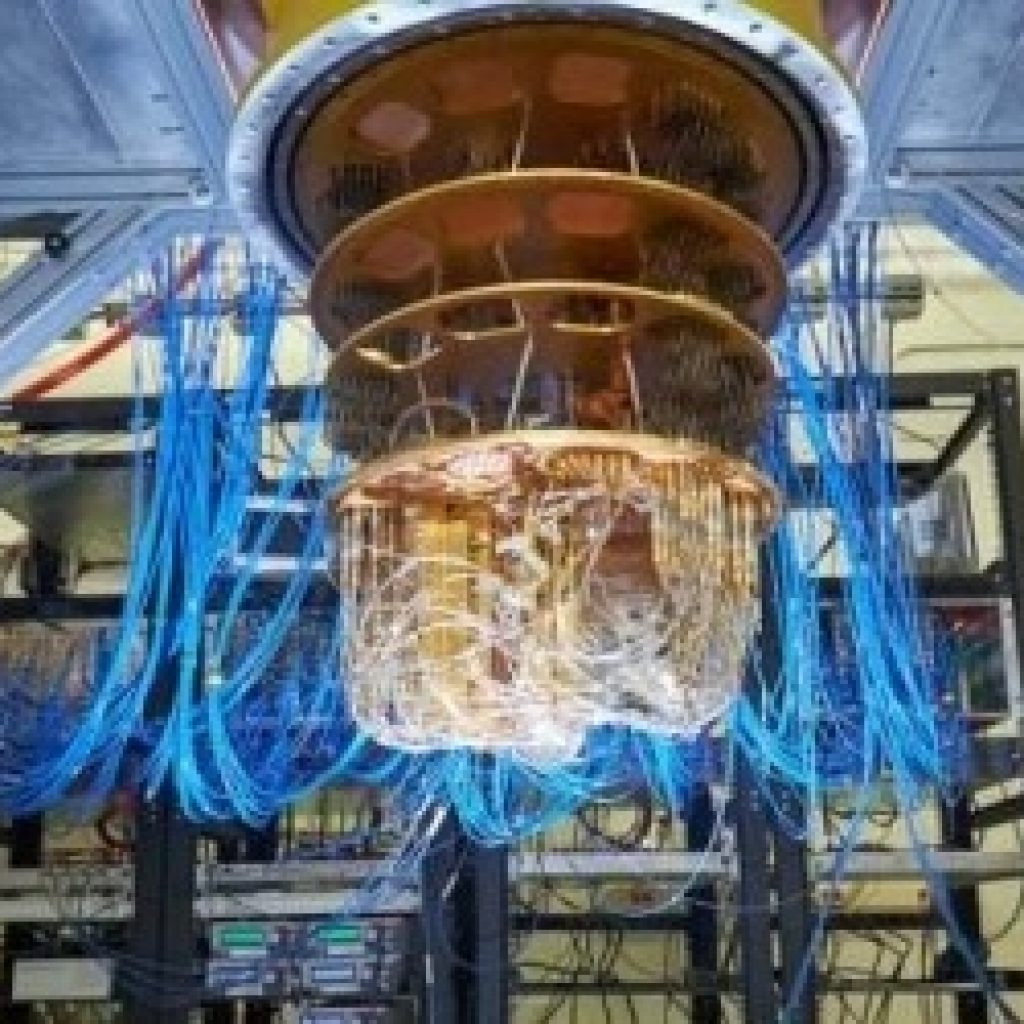(PhysicsWorld) Simulating chemical processes is one of the most promising applications of quantum computers, but problems with noise have prevented nascent quantum systems from outperforming conventional computers on such tasks. Now, researchers at Google have taken a major step towards this goal by using the most powerful quantum computer yet built to successfully implement a protocol for calculating the electronic structure of a molecule. The results may form a blueprint for complex, useful calculations on quantum computers affected by noise.
What researchers would really like to do is use quantum computers to solve useful problems more effectively than possible with conventional computers: “Sycamore is extremely programmable and, in principle, you really can run any algorithm on it…In this sense, it’s a universal quantum computer,” explains team member Ryan Babbush of Google Research, “However, there’s a heavy caveat: there’s still noise affecting the device and as a result we’re still limited in the size of circuit we can implement.” Such noise, which results from classical sources such as thermal interference, can destroy the fragile superpositions crucial to quantum computation: “We can implement a completely universal circuit before the noise catches up and eventually destroys the computation,” says Babbush.
Google Researchers Use Quantum Computer to Calculate Electronic Structure of Molecule
